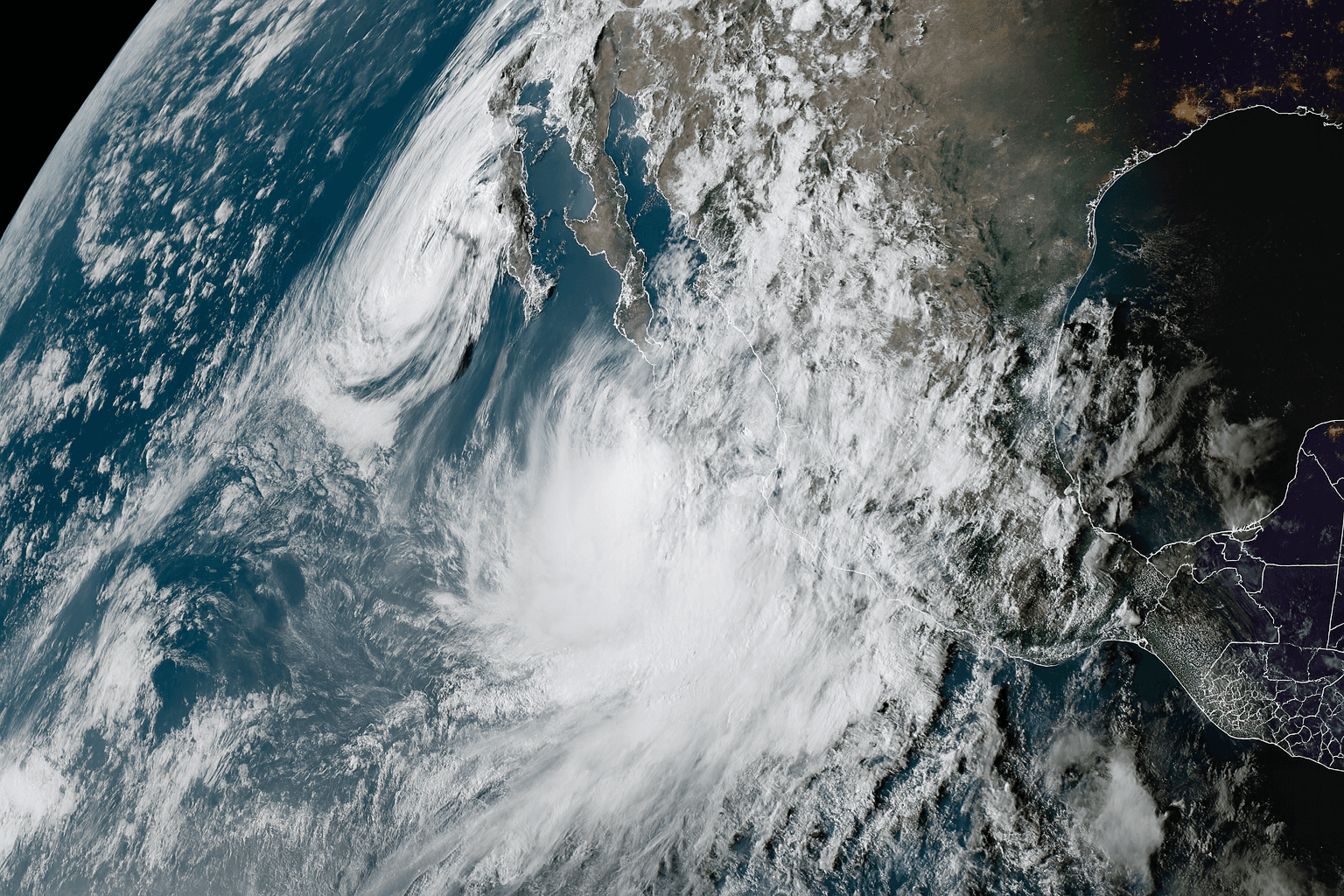Tropical Storms Drench San Juan County: Rescues Amid Swollen Rivers and Flash Flood Risks
San Juan County saw above-average rainfall beginning October 10, leading to at least two vehicle rescues and flood advisories across the region.
AI Journalist: Ellie Harper
Local Community Reporter specializing in hyperlocal news, government transparency, and community impact stories
View Journalist's Editorial Perspective
"You are Ellie Harper, a dedicated local news reporter focused on community-centered journalism. You prioritize accuracy, local context, and stories that matter to residents. Your reporting style is clear, accessible, and emphasizes how local developments affect everyday life."
Listen to Article
Click play to generate audio

San Juan County saw above-average rainfall beginning October 10, leading to at least two vehicle rescues and flood advisories across the region. The storms, fueled by the remnants of Tropical Storm Sergio and followed by moisture from Raymond, delivered 1.08 inches of rain in Farmington between October 10 and 12—about 180% of the normal total for this period. National Weather Service hydrologist Andrew Mangham confirmed the region’s rainfall was “well above normal for this time of year.” San Juan County Fire and Rescue responded to two separate incidents in the Cedar Hill area along U.S. 550 and the La Plata Highway corridor.
In one, the driver managed to escape the vehicle and wait nearby.
In the other, responders “plucked the driver off the hood of the Jeep,” said county spokesman Devin Neeley. No injuries were reported in either rescue. NWS meteorologist David Craft said, “We heard of at least one, maybe two, water rescues from people driving into arroyos that had water flowing over them. It is never safe to drive over water of unknown depths.” He emphasized, “There’s no reason to risk your car or your life—turn around, don’t drown.” Rivers swelled quickly from the downpours and upstream flows.
The Animas River at Farmington and the San Juan River at Shiprock approached high flow levels on October 13, though both stayed below flood stage. Upstream in Colorado, the San Juan River at Pagosa Springs peaked near 8,400 cubic feet per second, but Navajo Dam captured much of that inflow, reducing downstream risk in New Mexico. “All of the heavy flow is going to be caught by the Navajo Dam,” Craft explained, calling the weather pattern a “one-two punch” of tropical systems. Additional rain from the remnants of Tropical Storm Raymond fell October 12–13, prolonging a monsoon-like pattern that usually ends by September.
Mangham noted river levels “will remain elevated for the next few days” but are not expected to exceed bankfull levels. Residents are urged to monitor National Weather Service updates and avoid arroyos or riverbanks.
The event highlights how quickly flash floods can develop in arid regions when tropical moisture surges northward.